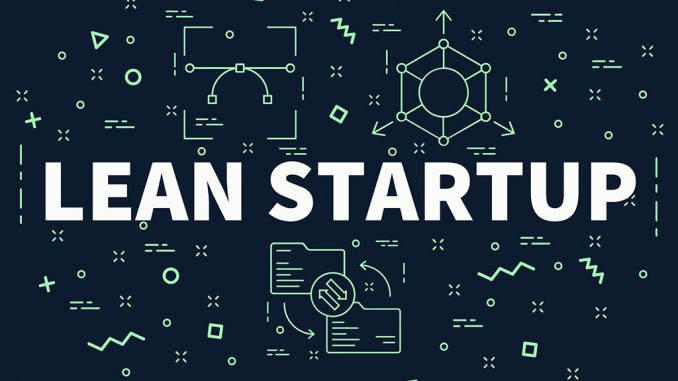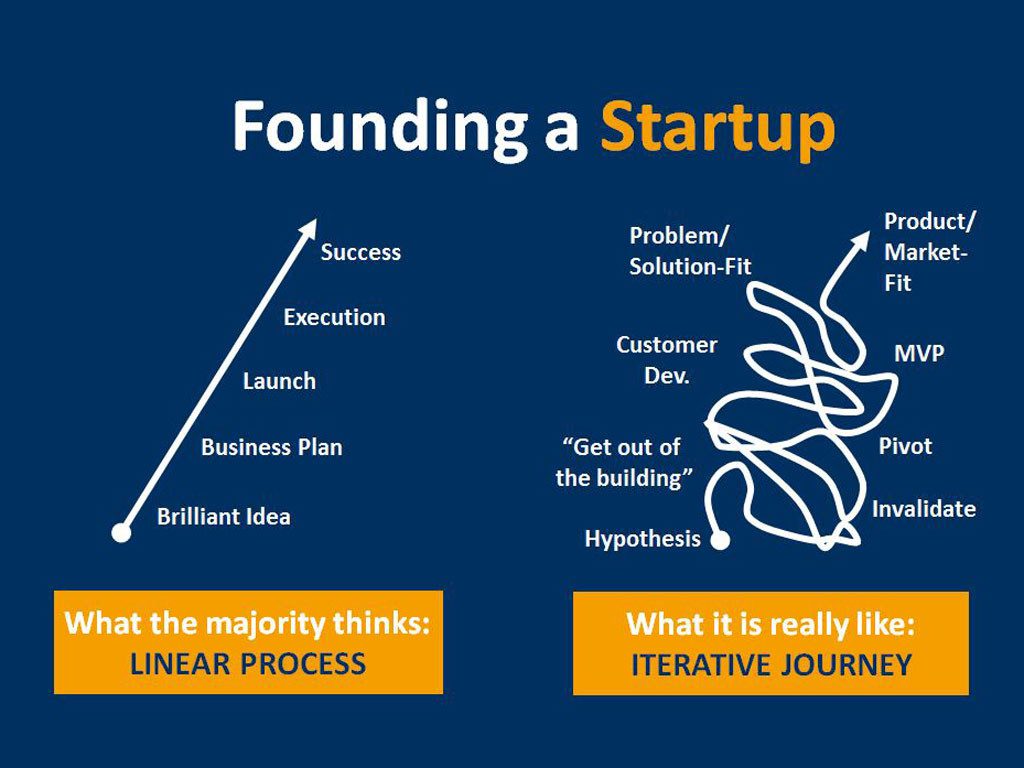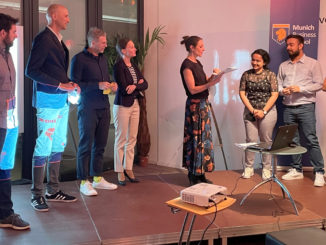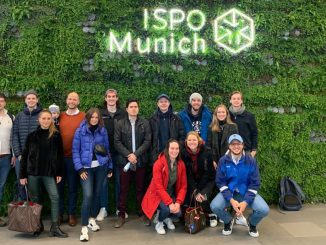
What? Ninety percent of all start-ups fail1? Depending on the survey, year, research subject and country analysis, different figures exist and circulate, but one thing is certain: Founding a business is risky.
At Munich Business School, we try to not only prepare our students for employment in corporations, medium-sized and family businesses; business formation and the necessary knowledge have also always been an essential part of the curricula at MBS. Both in the BACHELOR study programs as well as for the MASTER International Business and the MBA programs, students can choose from diverse optional and advanced subjects in this area: In their courses, the students found fictional businesses. A special competency center, the Courage Center of Global Entrepreneurship & Family Firms, brings together science and practice regarding the topic ”Global Entrepreneurship & Innovation”, among other things. Research alliances as for example with the Fraunhofer Institute combine innovation with entrepreneurship. Also the student association “MBS Entrepreneurship Society” addresses this subject area with workshops and specialized lectures.
Severin – one of the founding members of this initiative and meanwhile a successful graduate of the Bachelor program International Business – has been interested in entrepreneurship for a long time. For this reason, he has drawn up his bachelor thesis about the Lean Startup method for company founders. I met him for an interview to learn more about this.
Don’t find customers for your product, find products for your customers
Patricia Kraft: Severin, how can the so named Lean Startup method help to make company formations more successful? What are risk factors that need to be limited?
Severin: There are numerous risk and success factors that influence a company formation, a very significant factor being the market risk. It refers to a risk that an entrepreneur develops a product that has no market demand at all. According to a current study, in fact 42 percent of all companies that fail founder on this very issue.
Lean Startup is a method that has its origins in Lean Manufacturing, agile software development and customer development. Very often this is misunderstood as a slim, economical founding without major capital expenditure. However, Lean Startup is rather a methodology that enables to systematically reduce the factor market risk when founding a company.
Company founders hereby admit that their business idea is not more than just a number of non-verified hypotheses which have to be evaluated in the framework of numerous customer interviews. With this “Get out of the building“ approach at a very early stage of the company foundation, the founders develop a fitting product step by step – totally in the spirit of the US marketing expert Seth Godin: “Don’t find customers for your product, find products for your customers.”
The objective is to find out as early as possible whether there really is a demand on the market for a certain idea. In the product development processes of start-ups, the question is less about how a product should be technically developed, but more about whether it should be developed at all. This approach goes hand in hand with the fundamental idea of Lean Manufacturing – the absolute avoidance of squandering resources of any kind and the consequent sorting out of concepts that do not hold a lot of promise.
While Lean Startup primarily focuses on the search and the systematic development of a scalable, reproducible and profitable business model, classic approaches such as the business plan underlie fix assumptions that are not verified in advance. Lean Startup is similar to Design Thinking: a very user-centered approach that does not focus on the product but on assumptions about the customers and their needs.
Case Study: How ThePoint.com turned into Groupon
Patricia Kraft: Where are the differences to approaches like for example the Stage-Gate model?
Severin: Stage-Gate is a linear innovation process that is primarily applied in large companies. The main difference to Lean Startup is that Stage-Gate in any development stage only knows the so called “Go” or “Kill” options, which either let a variety of worked-out concepts advance to the next step – or sort them out; at the time of the market launch, there is a defined end point of the innovation process.
Lean Startup, however, is a circular, self-contained and permanent innovation process which can be repeated several times. Here, the market launch only states the transition of the product into another stage: from qualitative validation in terms of customer interviews up to quantitative verification with a first prototype, the Minimum Viable Product.

Patricia Kraft: Which instruments are usually employed with the Lean Startup method?
Severin: There are numerous helpful instruments, for example the Business Model Canvas (BMC) of Alexander Osterwalder and Yves Pigneur4. It enables founders to comprehensively visualize their business model in eight different blocks like for example customer benefit, customer segments, distribution channels etc. The advantage of the Business Model Canvas is that it can be created quickly and flexibly and adjustments are easily possible. In combination with Lean Startup it can be used to document business model hypotheses, to evaluate them with customer interviews and to adjust them in the next iteration stage.
Another instrument is the Customer Development Process which has been developed by the US serial founder Steve Blank3 and originally formed the basis for Lean Startup. It is about a four-step, iterative process where the first two steps characterize the search for a business model and the last two steps the implementation and scaling of the business model.
A good example for this is the company Groupon which initially had a totally different business model: Initially, the company was called ThePoint.com und was a platform that enabled users to collect donations for certain projects. However, during the search and validation stage, this approach turned out not to be attractive. So the founding team decided to choose another business model. In English this is also known as “Pivot”.

Subsequently, today’s deal and coupon portal Groupon was developed in several iteration cycles, which then enjoyed high demand on the market. When the Product/Market-Fit was reached, the business model of Groupon was scaled and internationalized.
After the qualitative validation of the customer problem, it is necessary to develop a product solution in the form of a so called Minimum Viable Product (MVP). Although the name may suggest otherwise: The MVP is not the minimum version of a product in terms of functionality; but the minimum in terms of product features that is fully able to solve the core problem of a customer.
The target of the MVP is to generate quantitative empirical findings about the product and the user behavior which guarantee a best possible development of the product. The range of a MVP can reach from single “Smoke Tests” like a landing page up to a real prototype with the most important core functionalities.
When we take another look at the case study Groupon, the founders initially developed a rudimentary website based on WordPress and sent the manually created PDF-vouchers personally by email in the beginning. Even though this was not a scalable solution, Groupon satisfied the basic demand of the customer.
Practical Experiences of Lean Startup experts
Patricia Kraft: As part of your Bachelor thesis, you have interviewed a variety of Lean Startup experts. What were the key findings from these discussions?
Severin: There were several points revealed in the interviews. For example, the instruments provided in the specialized literature are in fact applied in practice. However, the attitude to generally work test-driven is more important than the adherence of strict steps.
Furthermore, it was interesting to see that finding early customers, the so-called “Early Adopters”, is strongly influenced by the customer segment and the product to be created. It is much easier to acquire these early customers in the B2C segment, as trying a new product is less elaborate here compared to an entrepreneurial environment.
An example for this are people with food allergies: As they experience the negative impact of consuming certain food ingredients particularly intensely on their own body, they are rather prepared to try a technological solution for this problem, which breaks down the ingredients of the food product. This is also true when the technological solution is not yet fully developed.
My interview partners also agreed on another point: Young founders who want to practice Lean Startup should work with a mentor who structures and accelerates the working steps. In addition, they should look for exchanging experiences and networking with the local start-up community.
Patricia Kraft: One last question: Currently you are taking your Master’s Degree in Digital Marketing at the University College Dublin. You are so much interested in entrepreneurship topics – would you like to found your own startup?
Severin: Already during my Bachelor studies at MBS, I learned that I have a great passion for entrepreneurial activities. Alongside the chairmanship of the Entrepreneurship Society, I have implemented several smaller entrepreneurial projects, like for example the sale of a registered beverage brand, the development and sale of several internet blogs as well as a book project with a publishing house.
I would be very pleased to start my own business after my Master studies. As it is always said that the first foundation is the most difficult one, I will have a try at a structurally simple, but scalable business idea to be able to gradually grow with the demand. At least there is no lack of ideas. I hope I can say more about it in some years!
Patricia Kraft: Good luck and thank you for taking the time, Severin!
Sources:
1 Cf. Marmer, M., Herrmann, B., Dogrultan, E. and Berman, R. (2012). Startup Genome Report – A New Framework for Understanding Why Startups Succeed. (Version 1.1).
2 Cf. Osterwalder, A. and Pigneur, Y. (2011). Business Model Generation. Frankfurt: Campus
3 Cf. Blank, S. and Dorf, B. (2012). The startup owner’s manual. Pescadero, Calif.: K&S Ranch, Inc.




